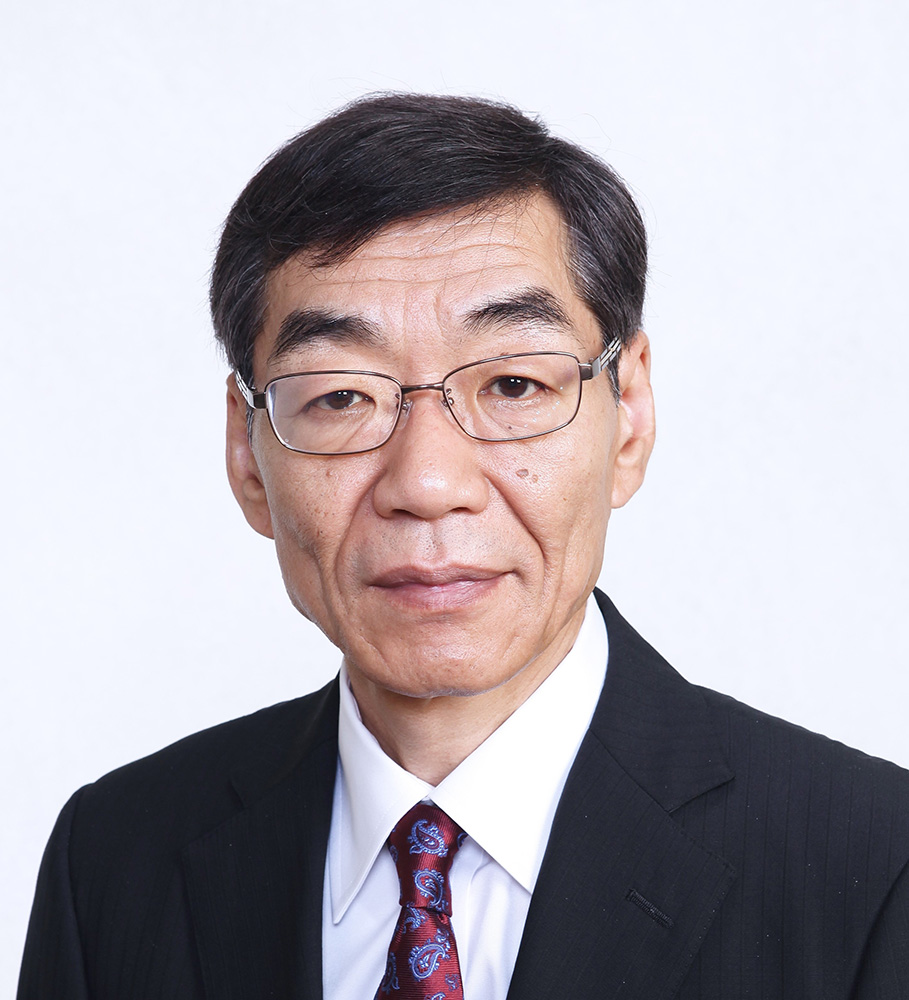Honorary Member

Dr. Masatoshi Suzuki completed the Doctoral course at the Graduate School of Engineering at Hokkaido University in 1984, and joined Kokusai Denshin Denwa Co., Ltd. (currently KDDI CORPORATION). He was appointed as a Research and Development Fellow of KDDI CORPORATION in 2007, Deputy Director of KDDI Research Institute, Inc. in 2011, President of KDDI Foundation in 2018, and Visiting Professor of Faculty of Science and Engineering, Waseda University, in 2022 and continues to this day.
During this period, he led the development of high-capacity optical communication systems through a number of world-leading pioneering research and practical applications ranging from optical devices to optical networks. He has made outstanding contributions to the academic development of optical communication engineering and the realization of the global information and communication network that supports today's widespread use of the Internet.
As a pioneer researcher in semiconductor optical modulators, he realized the world's first semiconductor monolithic integrated light source of a single wavelength laser and a gigabit band absorptive optical modulator, as well as an ultra-compact soliton light source. He has conducted a consistent process from basic research to commercial development, including the commercial introduction of his development results into optical submarine cables. The results of this research, the first optical IC realized approximately 30 years after the transistor electronic IC, are known as a pioneering achievement that led to today's worldwide diffusion of high-speed integrated lasers and the development of high-density optical ICs.
Among his notable achievements, he has broken through the stereotype of the unshaped optical soliton and invented a dispersion-controlled optical soliton system that enables long-distance transmission of high-speed signals by using Gaussian optical pulses with an expanding and contracting pulse width and periodic dispersion compensation. This method has attracted worldwide attention as an epoch-making new method for discovering a new periodic steady-state solution for nonlinear optical fibers. He became the most cited Japanese author in the field of communications at the time and revolutionized high-speed optical fiber communications thereafter. In addition, he succeeded in transmitting a one terabit signal per second for 10,000 km for the first time by increasing the speed and multi-wavelength of the wavelength division multiplexing system. He put his research results to practical use on almost all optical submarine cables laid in the 2000s, such as the Japan-US cable, across the Pacific Ocean and the Atlantic Ocean, and over hundreds of thousands of kilometers in the Asian region and contributed significantly to the construction of global high-capacity communication networks.
With his foresight, he contributed to the leading research and global dissemination and enlightenment activities of optical space multiplexing technology, overcoming the physical capacity limit of current optical fiber. He led the world's first success in the ultra-large capacity optical transmission of 10 petabits per second (10 to the 16th power = Kei) and ultra-large capacity optical radio fusion technology for 6G mobile, which marked the beginning of the optical communication "Kei" era. He also demonstrated excellent leadership in nurturing younger generations.
At the IEICE, he has served as Chair and Auditor of the Technical Committee on the Optical Communication System and the Ad Hoc Technical Committee on the Dramatic Advancement of Optical Communication Infrastructure and has contributed to the development of the IEICE's activities. In addition, as the chair of the relevant council, he proposed many national projects and made efforts to strengthen Japan's international competitiveness through industry-academia-government collaboration. Overseas, he was Board Member of the IEEE Photonics Society, Editor-in-Chief of the IEICE Transactions, and chair of numerous international conferences, and he contributed to the global development of information and communications.
For these achievements, he received the Medal with the Purple Ribbon, the Minister of Education, Culture, Sports, Science, and Technology Award, the Minister of Economy, Trade and Industry Award, the Kenjiro Sakurai Memorial Prize, the Maejima Hisoka Award, the Ichimura Prize in Industry, the Telecommunications Advancement Foundation Award and the IEICE's Best Paper Award, Achievement Award, and Distinguished Achievement and Contributions Award. He was awarded the title of Fellow by the IEICE, IEEE, and OPTICA (formerly OSA).
As mentioned above, his contribution to the development of the field of electronic information and communication, including the field of optical communication, is highly remarkable. We are convinced that Dr. Suzuki is a suitable person for an Honorary Member of the IEICE.